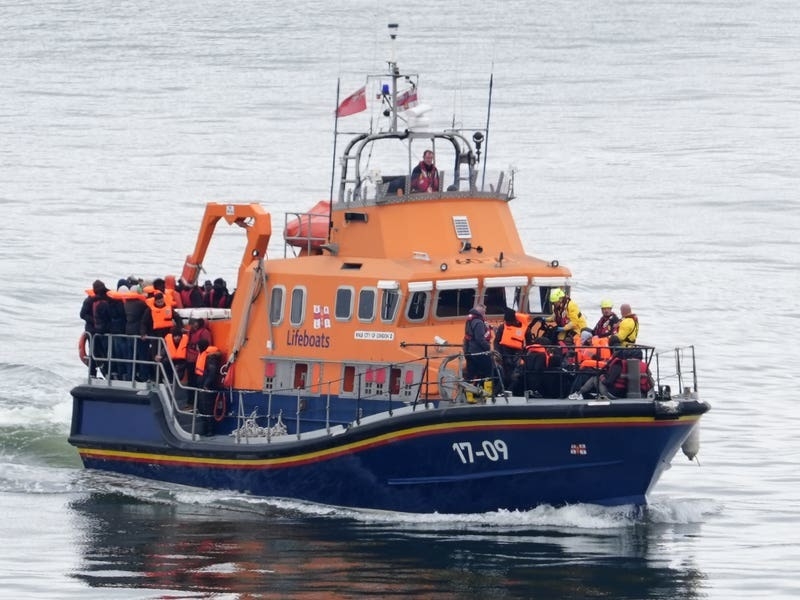The study is being undertaken on behalf of the Société Jersiaise’s Marine Biology Section and has seen almost 250 ormers tagged over the past two years.
The tagged ormers will be observed periodically in order to learn more about their growth rates, preferred habitats and breeding habits.
Ormers were once plentiful in Jersey but suffered badly, first from overfishing during the war years and later from a bacterial disease which wiped out 90 per cent of the stock in the late 1990s.
Currently it is hoped that strict regulations around ormer collection are keeping the gastropod mollusc’s numbers at a sustainable level.
Ormers can only be collected between October and April and on the first four days following a full moon during what are called ormering tides, and they must have reached at least 9 cm in length. They must also be collected by hand with the use of scuba or snorkelling gear prohibited.
‘There are definitely fewer now than there were before,’ said researcher Paul Chambers.
‘They are not going to go extinct but the way it works now they are a recruitment fishery, which means they are very efficiently fished. If we have got the minimum landing size right then that shouldn’t be a problem because it gives them a chance to breed for two, possibly three years before they get taken.
‘The only issue then comes if we get people taking them undersized, before they can breed properly.
‘The truth is the population is probably not going to get much bigger than it is now but it does seem to be sustainable and there are still undisturbed rock pools where they will keep breeding and hopefully everything will keep going for a long time.’
The researchers will be contrasting their data with historical information collected in the 1980s and 1990s when the States experimented with cultivating ormers.






